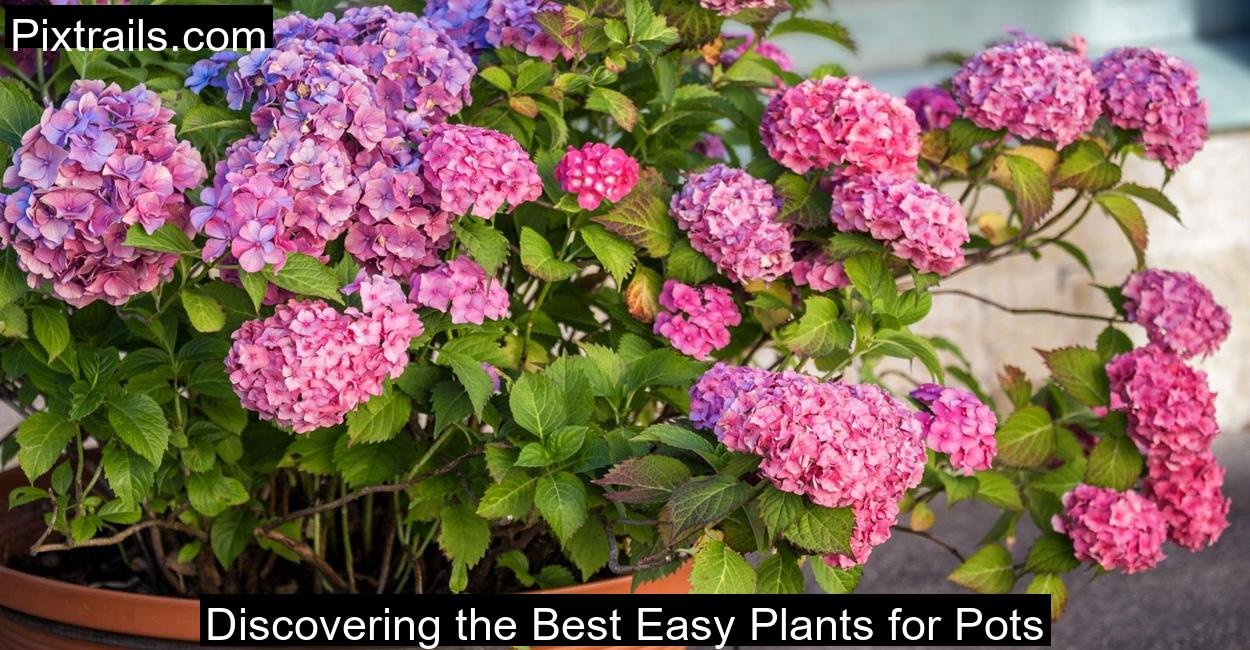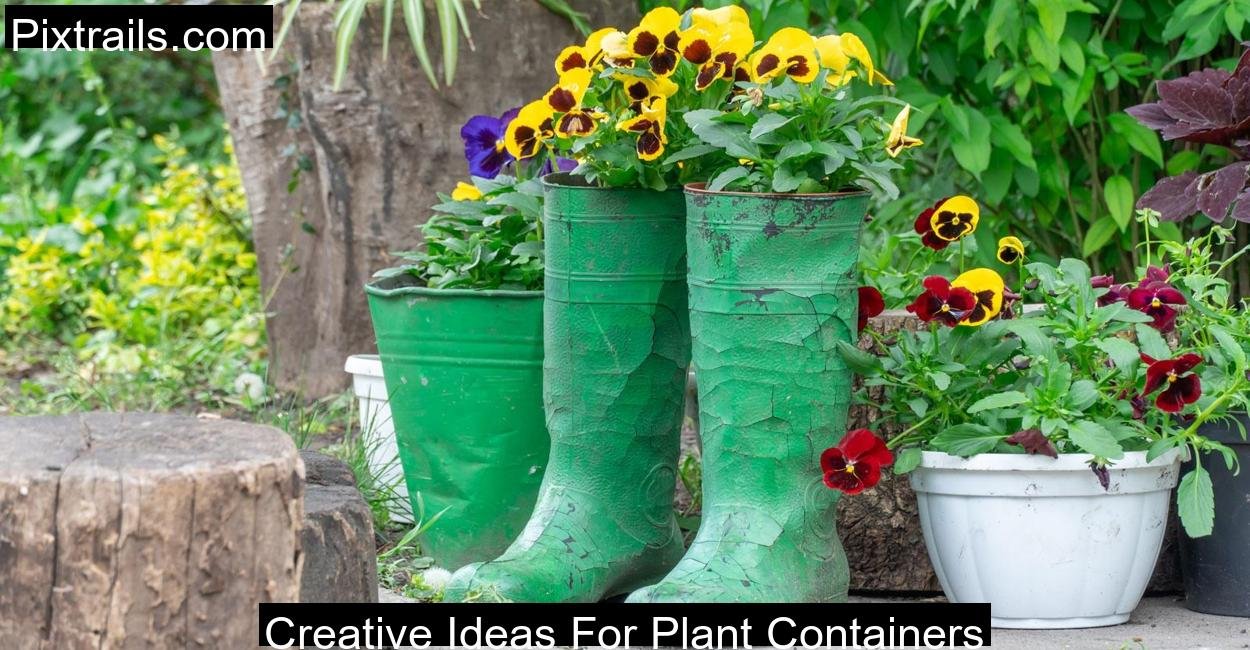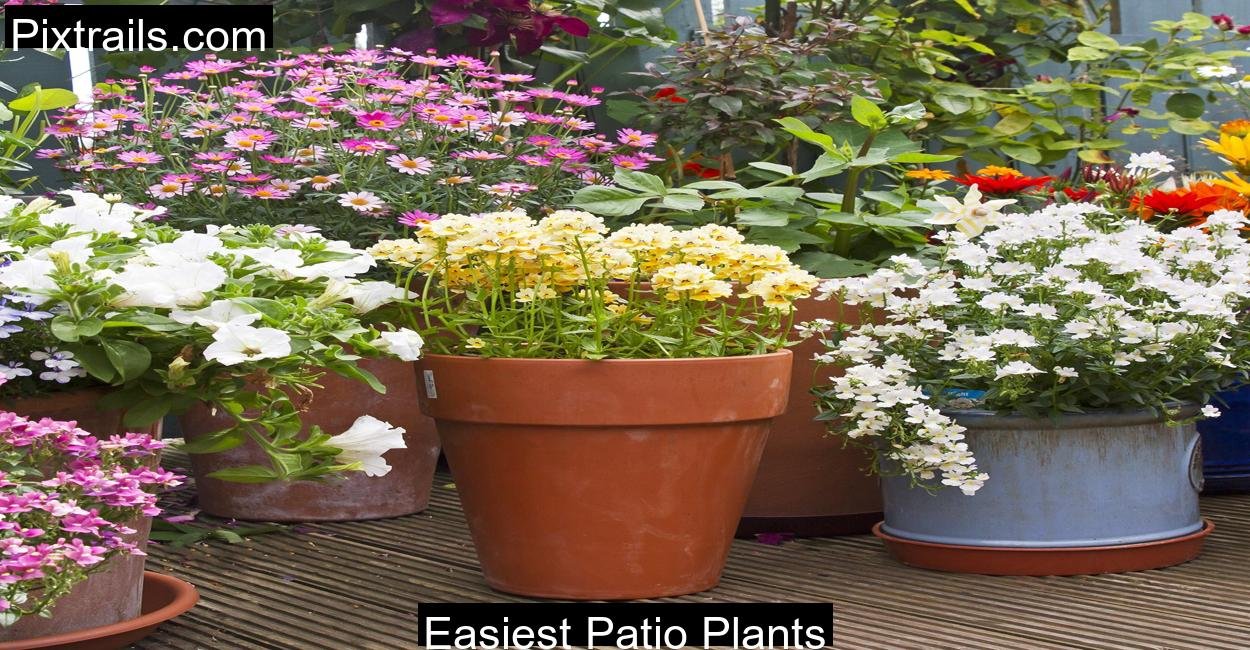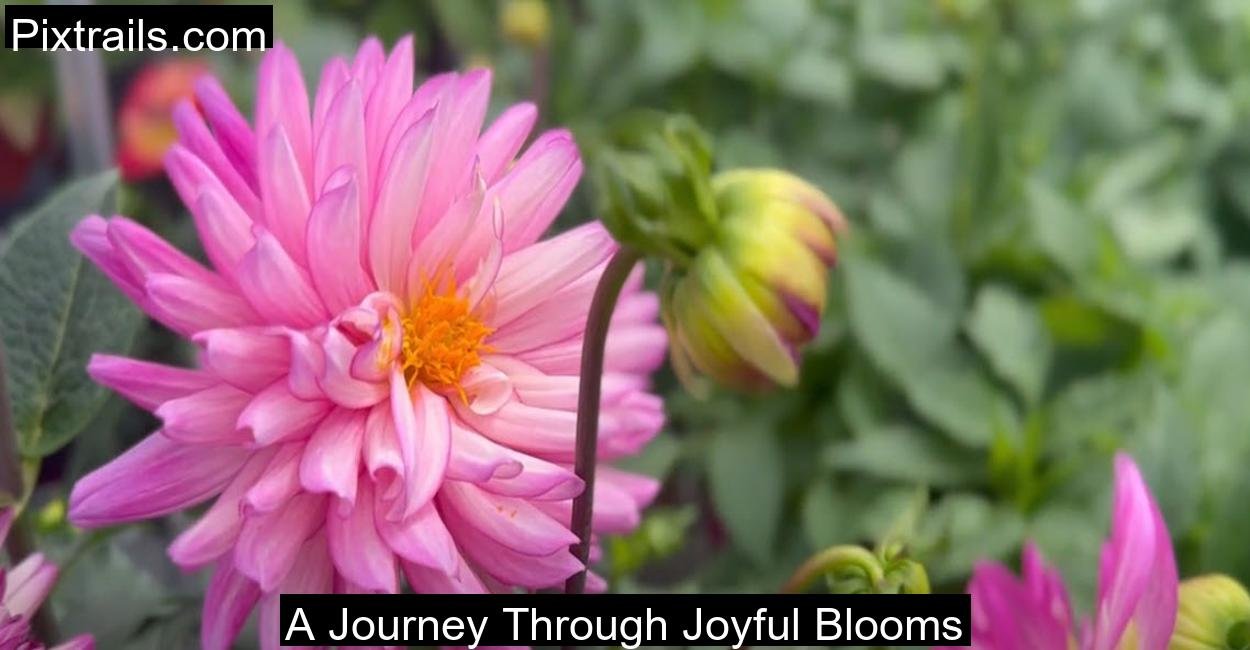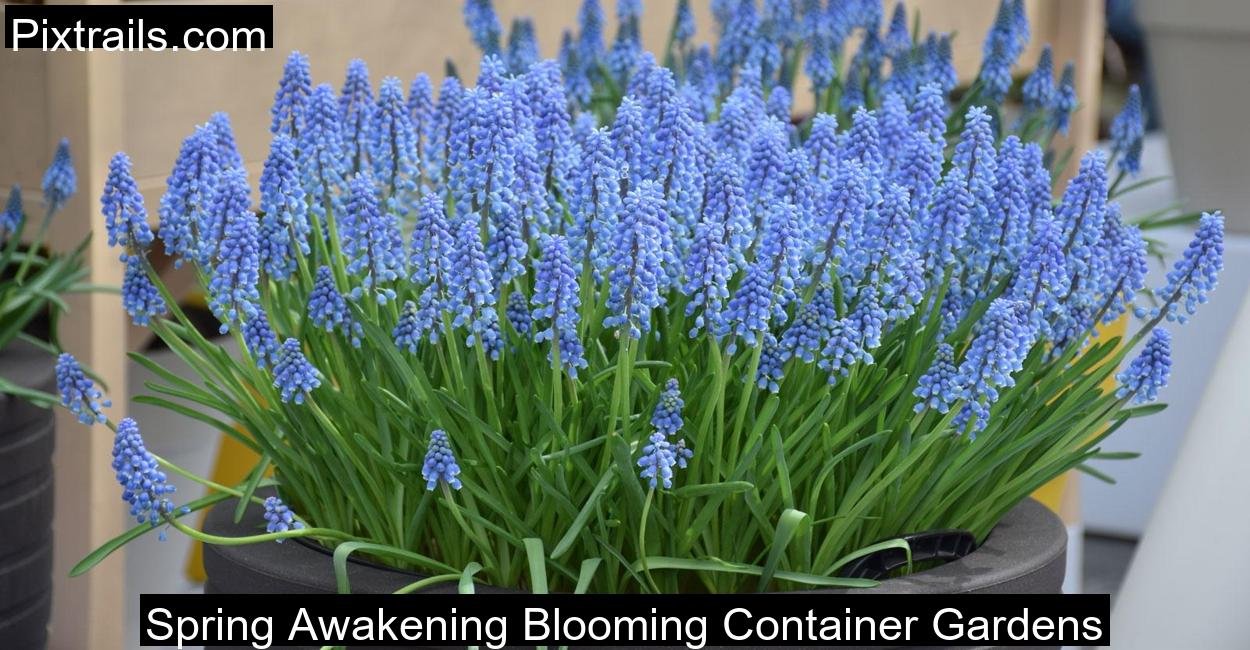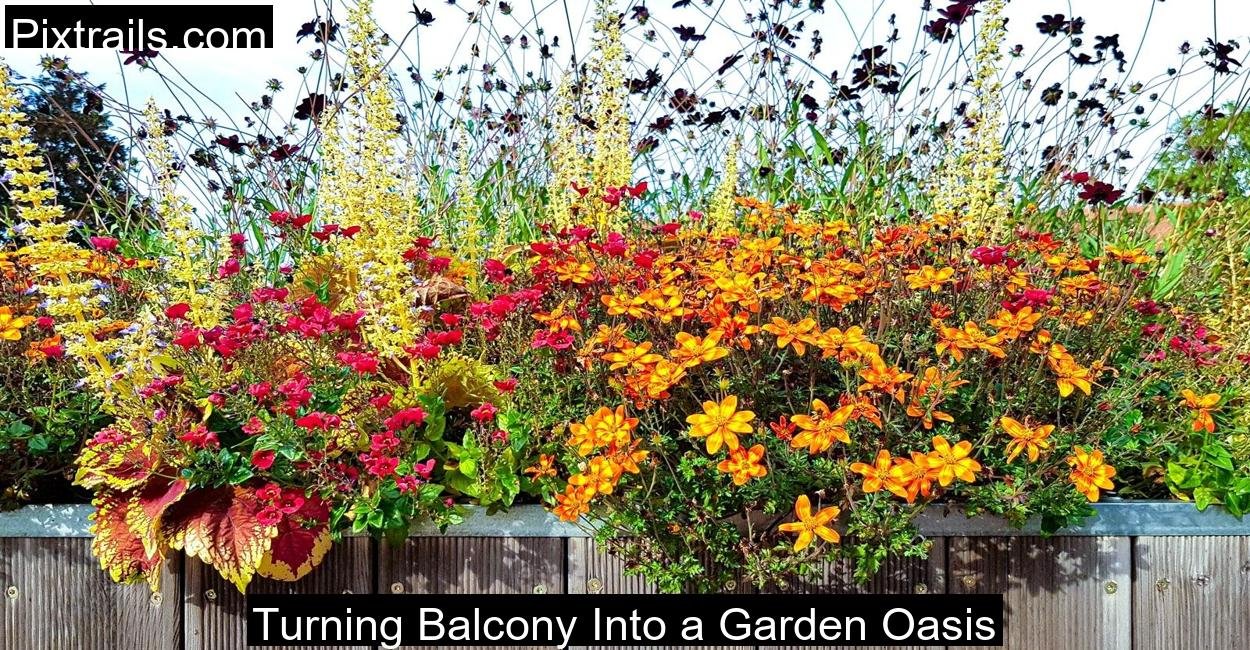I’ve always loved trees. There’s something ancient and grounding about them. But when I moved into a tiny city apartment with nothing but a modest balcony and a shared courtyard, I thought my tree-growing days were over. I had always dreamed of a garden filled with towering oaks and whispering pines, but now all I had was a 6×4 foot wooden deck. I almost gave up on the idea, until one spring afternoon, I stumbled upon the idea of growing trees in containers.
I remember the moment vividly. I was scrolling through gardening blogs on a rainy Sunday when a photo of a Japanese maple in a large ceramic pot popped up. It was stunning. The leaves were crimson, delicate, and it looked like a bonsai’s big brother. That was my lightbulb moment: if I couldn’t grow big trees, I’d grow small ones – in pots.
Starting Small: My First Container Tree
My first container tree was a Japanese Maple (Acer palmatum). I chose the ‘Crimson Queen’ variety because of its beautiful weeping form and deep red leaves. I went to a local nursery and got one that was about 2 feet tall. Carrying it home felt like transporting royalty.
I learned quickly that container trees have different needs than those planted in the ground. For my maple, I chose a wide, shallow ceramic pot with good drainage. I mixed potting soil with perlite and compost to ensure proper aeration. And I placed it in a half-sun, half-shade corner of my balcony.
The first summer, it thrived. Every morning I’d sip coffee and admire its lacey foliage, which danced in the breeze like a flamenco dress. When fall came, the leaves turned a fiery red that lit up my gray balcony.
Growing My Collection: From One To Eight
One tree turned into two. Then three. Over the next two years, I added more container trees, each with its own personality and charm. Here’s a look at the eight varieties that now grace my balcony and courtyard. These are the best trees for containers based on my hands-on experience.
Boulevard Cypress (Chamaecyparis pisifera ‘Boulevard’)
This evergreen was a surprise favorite. I didn’t expect to love it so much, but its soft blue-green needles and upright, narrow form made it a perfect privacy screen. It only grows to about 15 feet, but in a pot, it stays much smaller. I planted mine in a tall, cylindrical container, and it adds just the right amount of vertical drama.

Weeping Blue Atlas Cedar (Cedrus atlantica ‘Glauca Pendula’)
If you want a showstopper, this is it. The silvery-blue needles cascade like a waterfall. I had to train it a bit with a small trellis, but once it took shape, it became the centerpiece of my container garden. It’s slow-growing and quite tolerant of neglect, perfect for someone still learning the ropes.

Japanese Maple (Acer palmatum)
Still my favorite. I now have two varieties: ‘Crimson Queen’ and ‘Butterfly’. The latter has variegated leaves in pink and white, and it glows in the morning light. I learned to give them a slightly acidic soil mix and to protect them from harsh afternoon sun.

American Fringetree (Chionanthus virginicus)
This one was a bit of a gamble. I had never heard of it before, but the promise of fragrant, cloud-like white flowers was too tempting to pass up. And wow, what a delight. In spring, it erupts in blooms that smell faintly like lilac. By late summer, it bears small blue-black fruits that attract birds.

Kousa Dogwood (Cornus kousa)
My Kousa Dogwood lives in a square planter near the entrance to the courtyard. It’s almost like a greeter, with bracts that look like white flowers in late spring and bright red berries in late summer. The bark peels as it matures, adding winter interest.

Black Chokeberry (Aronia melanocarpa ‘Iroquois Beauty’)
This one is a bit more like a shrub, but it behaves like a small tree in a pot. In spring, it blooms with tiny white flowers, and by fall, it’s covered in black berries. I love watching birds visit it. The fall color is a fiery red-orange, making it a seasonal star.

Winterberry (Ilex verticillata)
This deciduous holly was a sleeper hit. It looks quite ordinary in summer, with small leaves and unobtrusive flowers. But come fall, the red berries emerge and stick around through winter, even after the leaves fall. It’s festive, like hanging ornaments in nature.

Southern Magnolia ‘Little Gem’ (Magnolia grandiflora)
I wasn’t sure if I could manage a magnolia in a pot, but ‘Little Gem’ proved me wrong. It’s slow-growing and compact, but that doesn’t stop it from producing those creamy white, fragrant blooms. It lives in a 24-inch pot and gets full sun. It’s my summer pride.

Lessons Learned Along the Way
I’ve made mistakes, lots of them. I overwatered my cedar one winter, and it dropped half its needles. I underestimated how heavy a 20-gallon pot filled with wet soil could be and nearly threw my back out. I once placed a tree in full sun that clearly preferred shade, and it let me know fast.
But I’ve also learned a ton:
- Container size matters. Bigger is better for root development.
- Drainage is critical. Always use pots with drainage holes.
- Mulch is your friend. It helps retain moisture and protect roots.
- Winter care is essential. I wrap containers in burlap or move them into the garage if temps dip below freezing.
The Joy of Potted Trees
Every tree in a pot tells a story. They’ve weathered storms, basked in the sun, and even survived a pigeon invasion. They’ve taught me patience, observation, and the importance of nurturing growth, something that goes beyond gardening.
Now when friends visit, they always comment on the trees. They say things like, “I didn’t know you could grow a cedar in a pot!” or “This looks like a mini forest!” And I smile, knowing that my tiny space is filled with giants that just happen to wear smaller shoes.
Final Thoughts
Growing trees in containers has completely transformed how I think about gardening. You don’t need a large plot of land to enjoy the beauty and benefits of trees. With a bit of care, creativity, and the right selection, you can grow your own potted grove, no matter how small your space.
So go ahead. Plant a tree in a pot. Watch it grow. And let it remind you that even in the smallest of corners, life can take root and flourish.
What are the disadvantages of potted trees?
Potted trees require more maintenance than in-ground trees. They dry out faster, need regular feeding, and are more susceptible to temperature extremes. Their growth is also restricted, and their lifespan may be shorter if not properly cared for.
What are the best small shade trees for containers?
Japanese maples and bay laurels are great choices. If you want something evergreen, consider ‘Boulevard’ Cypress. They all handle partial shade well and adapt happily to container life.
Can trees survive in pots over winter?
Yes, but precautions are necessary. The roots are more exposed, so they’re vulnerable to freeze. Insulating the pot with burlap, moving it to a sheltered area, or using frost covers can help. Always check the hardiness zone of your specific tree.


